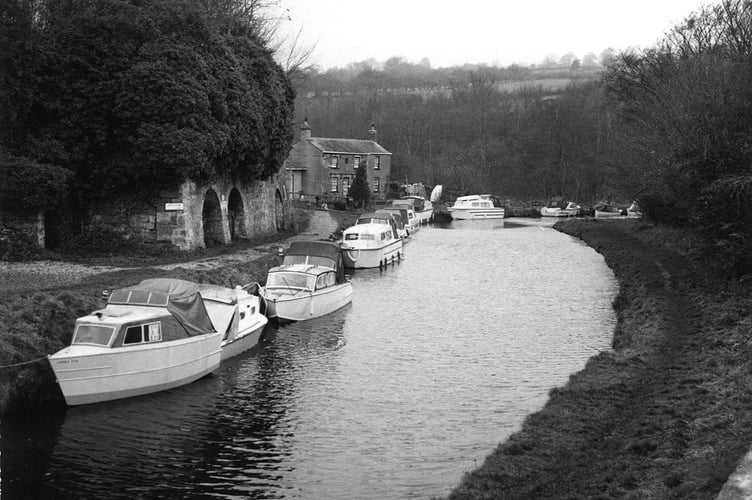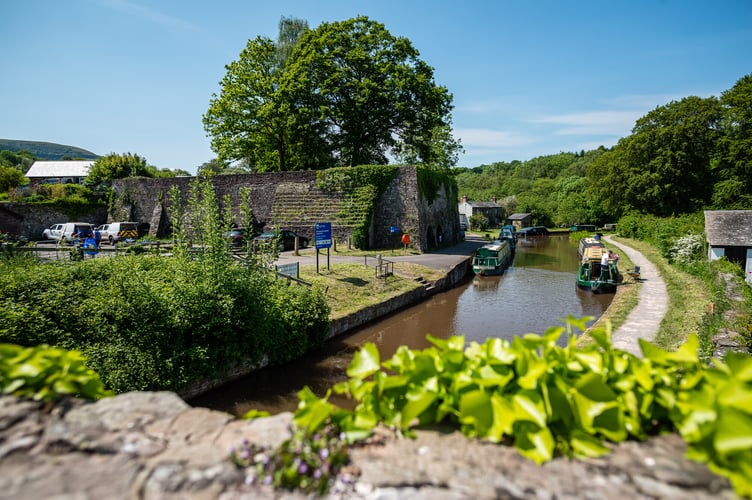Throughout 2025, Glandŵr Cymru, the Canal & River Trust in Wales and its partner organisations and local community are celebrating the 225th anniversary of the Brecon Canal.
The Monmouthshire & Brecon Canal, known affectionately as the Mon & Brec, began life as two separate canals – the Monmouthshire Canal and the Brecknock & Abergavenny Canal. Although the two were joined in 1812 at Pontymoile, this year’s anniversary celebrates the completion of the more northern Brecon Canal 12 years earlier when the first cargo of coal reached Brecon Basin on Christmas Eve 1800.
David Viner, heritage consultant at Canal & River Trust, is telling the story of the canal throughout the year, looking back at how it has evolved to become the much-loved waterway it is today flowing through the Bannau Brycheiniog National Park. His latest stop along the canal is at Llangattock.

When work started on the Brecknock & Abergavenny Canal at Gilwern in 1797, the canal company required the 19-mile length to the terminus at Brecon to be built first. The lower section to a junction with the existing Monmouthshire Canal at Pontymoile would come later.
Within a year the new canal had passed Llangattock, where the limestone high above the village at Daren Cilau was already being quarried for agriculture and industry.
After burning in kilns with coal, it was reduced to quicklime for use as fertiliser, mortar for building and an ingredient in the iron making process. The completed canal with its tramroad extensions to collieries and quarries greatly improved transport of coal and limestone, enabling large-scale production in new wharfside kilns.
The corrosive quicklime was then stored in barrels for despatch by cart or boat. The first limekiln at Llangattock appeared in 1815, expanding later to become the biggest of 10 sites along the canal.
Although a major industry in the canal era, lime production quickly declined towards the end of the 19th century with the arrival of imported fertilisers. The scale of the surviving kilns gives some idea of their former importance.





-and-David-Thomas-(right).png?width=209&height=140&crop=209:145,smart&quality=75)